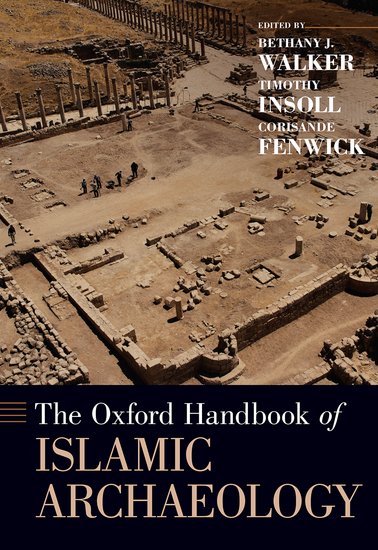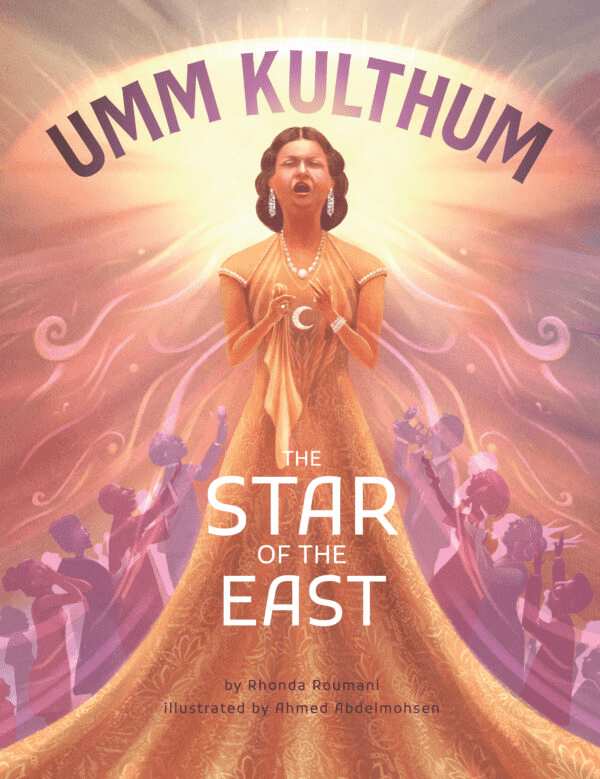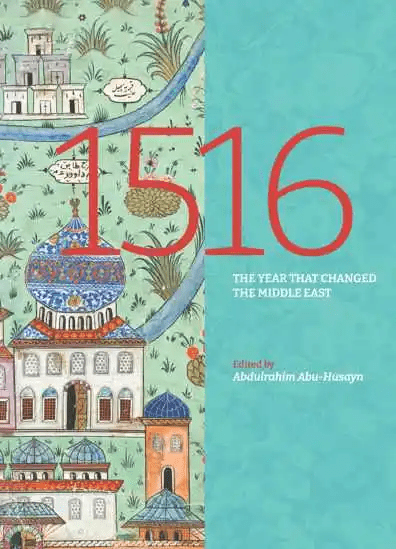
The Oxford Handbook of Islamic Archaeology
Tom Verde
Bethany Walker, Timothy Insoll and Corisande Fenwick, eds.
2020, Oxford University Press, 978-0-19998-787-0, $175 hb.
The wider, historic Islamic world—from West Africa to Southeast Asia—is canvassed in this overview of its archeological past, broken down by individual regions (Arabia and the Gulf, Central Asia, the Sahara, etc.). Chronologically, the chapters, penned by various experts, extend from “medieval to modern,” commencing with the Islamic conquest of the Levant in the seventh century CE and extending up to the 21st century. Rich in history, each chapter discusses major finds and how they inform our understanding of Islam’s impact on such dynamics as architecture, trade, material culture, rural versus urban society and more. In the discussion of Syria’s early Islamic past, we learn that under the Abbasids, mosques began to be “characterized by their large dimension and belong to a Mesopotamian tradition.” An exceptionally informative reference work for the scholar and lay reader alike.
You may also be interested in...

Children’s Book Documents Rise of Umm Kulthum, Egypt’s Star of the East, As Declaration of National Identity
Illustrator Rhonda Roumani presents an illustrative biography of legendary Egyptian singer and cultural icon Umm Kulthum.
Editor Challenges Readers To Witness Islamic History Sans the Modern Lens In New Book
In 1516, Ottoman Sultan Selim I entered Damascus clean-shaven. What followed changed Arab-Turkish relations for 400 years.